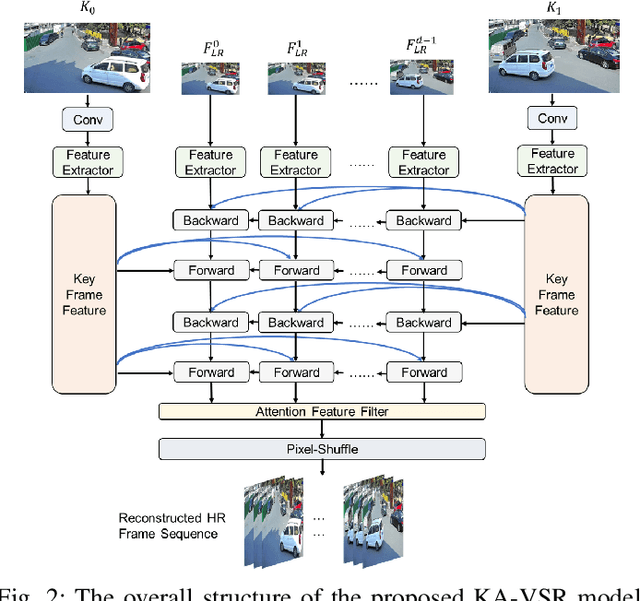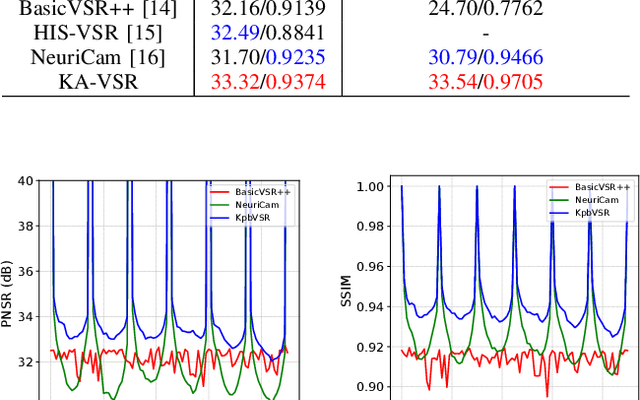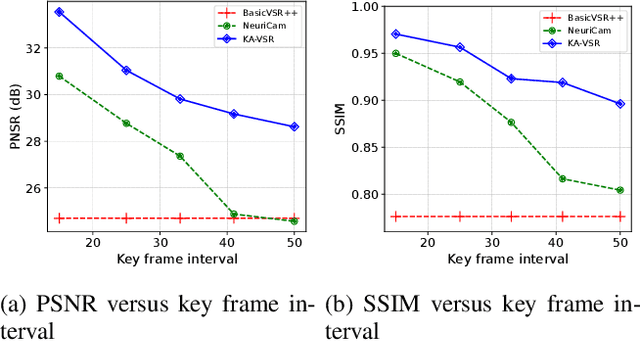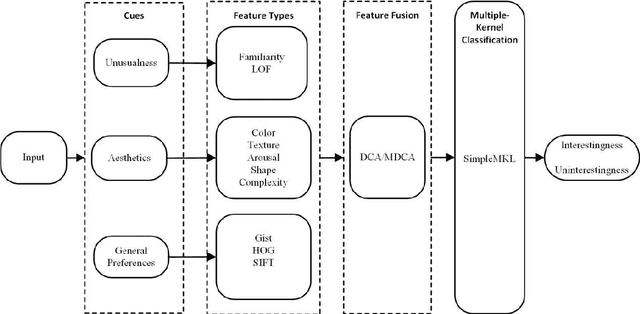Liting Wang
An End-Cloud Computing Enabled Surveillance Video Transmission System
Nov 08, 2023



Abstract:The enormous data volume of video poses a significant burden on the network. Particularly, transferring high-definition surveillance videos to the cloud consumes a significant amount of spectrum resources. To address these issues, we propose a surveillance video transmission system enabled by end-cloud computing. Specifically, the cameras actively down-sample the original video and then a redundant frame elimination module is employed to further reduce the data volume of surveillance videos. Then we develop a key-frame assisted video super-resolution model to reconstruct the high-quality video at the cloud side. Moreover, we propose a strategy of extracting key frames from source videos for better reconstruction performance by utilizing the peak signal-to-noise ratio (PSNR) of adjacent frames to measure the propagation distance of key frame information. Simulation results show that the developed system can effectively reduce the data volume by the end-cloud collaboration and outperforms existing video super-resolution models significantly in terms of PSNR and structural similarity index (SSIM).
A unified framework of predicting binary interestingness of images based on discriminant correlation analysis and multiple kernel learning
Oct 14, 2019



Abstract:In the modern content-based image retrieval systems, there is an increasingly interest in constructing a computationally effective model to predict the interestingness of images since the measure of image interestingness could improve the human-centered search satisfaction and the user experience in different applications. In this paper, we propose a unified framework to predict the binary interestingness of images based on discriminant correlation analysis (DCA) and multiple kernel learning (MKL) techniques. More specially, on the one hand, to reduce feature redundancy in describing the interestingness cues of images, the DCA or multi-set discriminant correlation analysis (MDCA) technique is adopted to fuse multiple feature sets of the same type for individual cues by taking into account the class structure among the samples involved to describe the three classical interestingness cues, unusualness,aesthetics as well as general preferences, with three sets of compact and representative features; on the other hand, to make good use of the heterogeneity from the three sets of high-level features for describing the interestingness cues, the SimpleMKL method is employed to enhance the generalization ability of the built model for the task of the binary interestingness classification. Experimental results on the publicly-released interestingness prediction data set have demonstrated the rationality and effectiveness of the proposed framework in the binary prediction of image interestingness where we have conducted several groups of comparative studies across different interestingness feature combinations, different interestingness cues, as well as different feature types for the three interestingness cues.
 Add to Chrome
Add to Chrome Add to Firefox
Add to Firefox Add to Edge
Add to Edge